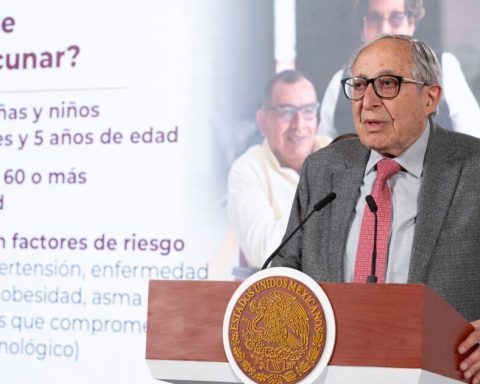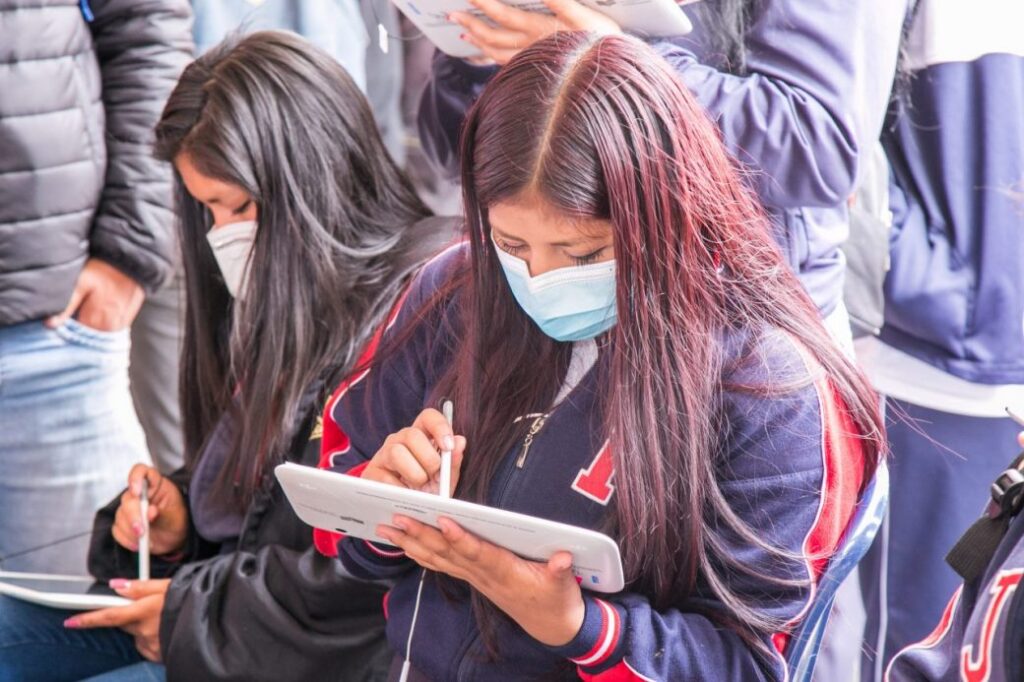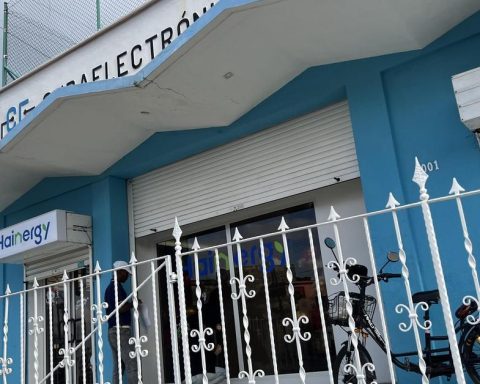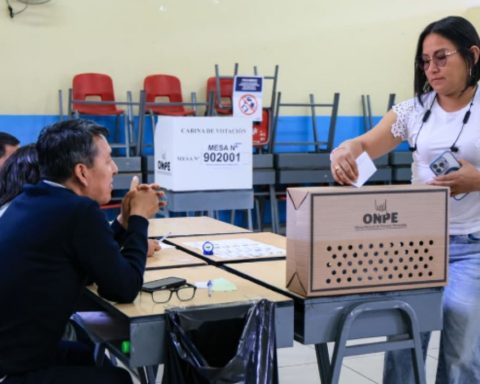Alonso Urrutia
La Jornada newspaper
Monday, January 3, 2022, p. 5
During 2021, the first year of the presidency of Joe Biden in the United States, the immigration authorities of that country handed over 19,793 minors to Mexico, at the October cutoff. In this case, with the particularity that 15,488 of them were unaccompanied and 160 were less than 11 years old, according to a report from the Ministry of the Interior (SG).
With this, 2021 has been the period with the highest deportation of minors in the last five years (four of which were in the Donald Trump administration), well above the 13,737 registered in 2016 and the 12,736 in 2019. This means that in that year there were almost 30 percent more expelled in this age group than in 2016, which were returned mainly by Baja California, with 5,949.
In a context of rebounding migration in North America, the evolution of the flow of girls, boys and adolescents (mainly Central Americans) sent to Mexico from 2014 – despite the relative reduction in the numbers in 2017 and 2018 – has been on the rise. The report of the Mexican immigration authorities shows that between 2015 and November 2021, 90 thousand 308 children and adolescents have returned to Mexico.
At the same time, in the months of 2021, the National Migration Institute (INM) detected 48,704 minors in national territory, most of them accompanied, until November.
Even though the December report is missing, in 2021 this age group represented the second largest in history, only below 2019, when 53 thousand 507 were registered, a trend that the covid-19 pandemic interrupted last year.
An analysis of the Migration Policy Unit (UPM) of the SG shows that In addition to the conditions inherent to their age, the vulnerability of children and adolescents is accentuated when they travel without documents and without the company of a first-degree consanguineous relative (father, mother or guardian) since these situations give rise to greater exposure to risks. The clandestine condition of irregular migratory flows makes it difficult to accurately quantify the number of people that make them up
.
Among the minors detected in both Mexico and the United States, the majority come from Guatemala (55.8 percent identified in national territory and 51.7 deported from the United States); followed by Honduras (29.7 percent and 31.8 percent, respectively) and El Salvador (14.5 percent and 16.5 percent).
“It should be noted that the proportion of children and adolescents who travel accompanied has decreased, since in 2019 it corresponded to 75.3 percent.
A hypothesis behind this increase in the number of unaccompanied may be associated with the phenomenon of migrant caravans, since in previous years entire families were seen to transit through Mexico
, says the UPM document.
The presence of minors in migration has alerted the governments of the region “in particular, the countries of northern Central America have issued various communications declaring the urgency of respecting the human rights of this population group.
In the same vein, international organizations have repeatedly called for treating child migration with a human rights approach.
, says the UPM document.















